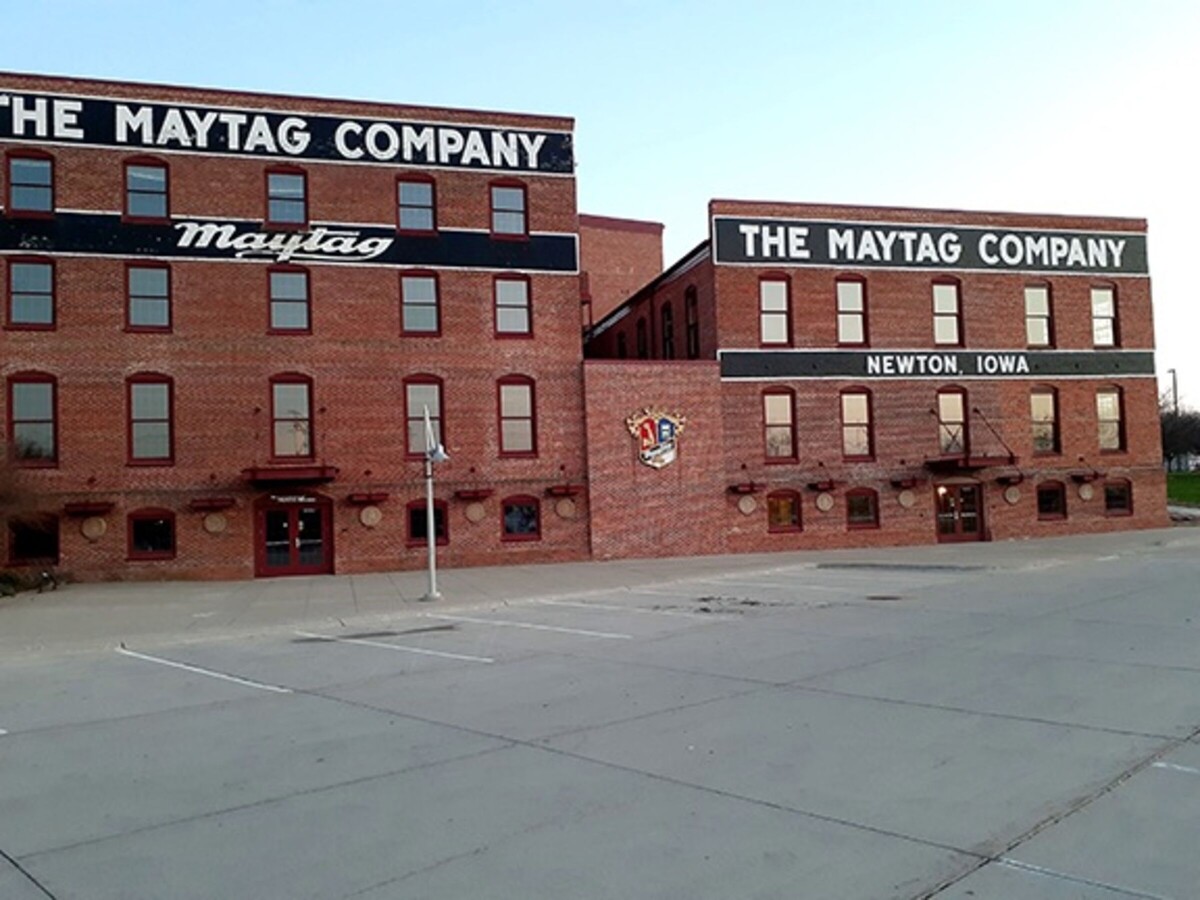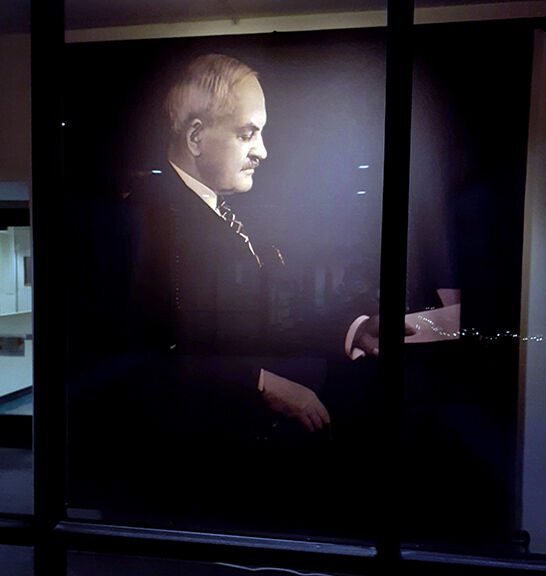Image

SPRINGBORO, OH -- When I was a middle schooler in the 1960s', I took a field trip with my class to the Museum of Science and Industry in downtown Chicago. One display that really stood out was a giant plexiglass washing machine tub with an agitator churning the water. The display was titled “The Tale of a Tub” and was sponsored by the Maytag Company out of Newton, Iowa. It chronicled the growth of washing clothes from the washer board to the wringer washer to the modern-day automatic washer.
The Maytag story began in 1893 when a young entrepreneur named Fred Maytag moved from Illinois to Newton, Iowa to start a farm implement business. In those days a housewife would have to scrub and scrub on a washer board to get her husband’s clothes clean. Farmers got extra dirty in the fields, so in 1907 Fred developed the “Pastime Washer,” a wooden washer tub with a lid and three pegs on top to churn the water and clothes manually.
Other companies at the time were developing similar concepts, but in 1922 Maytag revolutionized the industry by putting the clothes mover to the bottom of the tub and labeling it an “agitator.” An electric motor would move the agitator, and a wringer would squeeze the water out of the clothes. The Maytag wringer washer was a hit and put the little farming town of Newton on the map as the “washer capital of the world.”
Fred Maytag passed in 1940, but left a legacy that his sons carried on. In 1949 Maytag developed their first automatic washer, combining the washing, rinsing, and spinning into one complete cycle. Then in 1953 Maytag came out with a clothes dryer to complement the line. Business was booming and the company employed more than 2,000 workers in its two Newton plants.
So many Newton workers worked for Maytag that the phrase, “Newton, home of Maytag” could be replaced with “Maytag, home of Newton.”
In 1973, I was hired by Maytag to be an Account Manager and spent three months in Newton. I loved that little town! The price of Maytag washers was $399 and up, about one hundred dollars more than the competition. We were taught to sell the virtues of a more dependable washer that would last longer with fewer repairs. From my time in Newton, I would start my sales career in Ohio calling on Maytag dealers and writing orders.
The ad agency, Leo Burnett out of Chicago developed the character “Ole Lonely,” played for many years by Jesse White. It depicted Ole Lonely, an appliance repairman waiting for a service call on the phone. Crickets. The catch phrase after every 30 second spot was, “Maytag washers are so dependable that they make me the loneliest man in town.”
Home office address in Newton was named One Dependability Square, Newton, Iowa.
Just last week I spent a night in downtown Newton, Iowa on my way to a college reunion. Once a sprawling community with restaurants, bars, and a Country Club, Newton is now like a ghost town. In 2007, Whirlpool Corporation bought Maytag and closed the home office and the two plants. Two thousand jobs were lost. The Maytag washer is now a Whirlpool design, a skeleton of the washer that put Newton on the map. A town, once vibrant and alive, was ripped of its identity.
One thing remains. In the window of the abandoned home office of Maytag is a giant photograph of Fred Maytag, the founder. The only light on is the one reflecting on his image. He looks diligently at work, and the town will never forget him.

Thank you, Fred Maytag, for making laundry day all across America a lot easier than scrubbing stains out with a wash board.